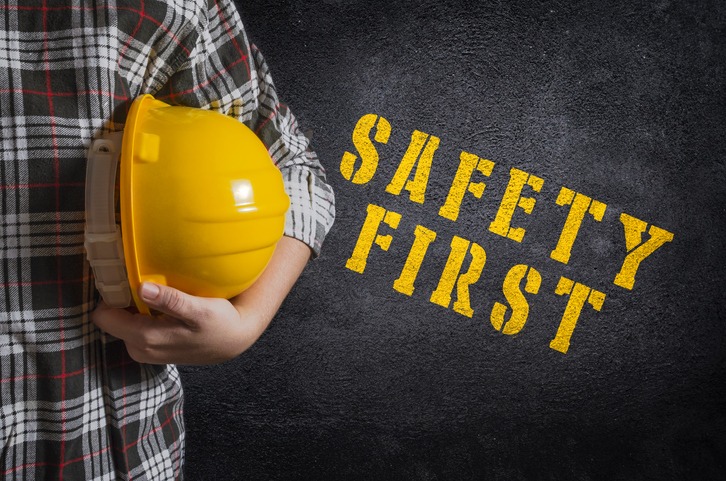PPE is a term that refers to any type of garment or accessory that an employee can wear to protect them against injury or illness while they are working. This includes goggles, hardhats and face shields. However, people generally overlook many measures like respiratory protection and hand protection gloves. These items are designed specifically for use in industrial settings where hazards (chemical spills or biological contamination) may occur.
Personal Protective Equipment Enforcement
- Make sure that you comply with OSHA regulations.
- Check the state and local regulations.
- Compliance is important, as it ensures that your workers are safe from harm while on the job site.
Selecting PPE
Employees working with hazardous chemicals must wear safety glasses while handling those chemicals (this will reduce their chances of getting injured by chemical splashes).
If an employee is working near an open flame, they may need specialised clothing like fire-retardant coveralls to protect them if there is some sort of fire incident on-site at the workplace.
Respiratory Protection
Respiratory protection is equipment that protects you from breathing in harmful substances. The two main types of respirators are particulate and chemical. Particulate respirators protect against dust, fumes and mists by filtering the air before it reaches your lungs. Chemical respirators protect against gases, vapours and acid or alkali substances in the air.
The right type of respirator depends on what you are working with and how long you expect exposure to it. There are four basic types:
- Filtering Facepiece (dust masks) – These filter out dust particles but do not protect from gases or vapours;
- Air-Purifying Respirators (APRs) – These use an internal filter to remove larger particles from inhaled air;
- Powered Air-Purifying Respirators (PAPRs) – These units use a battery-powered fan which forces fresh air into the mask;
- Supplied Air Respirators (SARs) or Self-Contained Breathing Apparatus (SCBA) – In addition to using a filter, these devices also supply clean breathing air through either a hose or tanks carried on their backs, so they do not need a compressor room at all!
Hearing Protection
The best way to ensure the safety of your workers is by providing them with hearing protection. Hearing protection can be worn in the form of earplugs or earmuffs, and both are equally effective at protecting the ears from exposure to loud noises. However, there are some differences between the two that you need to know about before making your selection:
- Ear plugs are easy to use, but they’re not ideal for long periods because they tend to slip out if worn for more than an hour or so. They also tend not to provide enough sound dampening when used under extreme conditions, such as construction sites where protective headgear is necessary.
Hand Protection
Hand protection is available in various forms, including gloves and sleeves. Hand protection gloves are generally used when you need to touch something that you don’t want to contaminate or when heat is an issue. They can be worn over or under other protective gear, such as aprons and sleeves. Sleeves offer more protection than gloves because they cover more skin surface area but also tend to be bulkier and less comfortable.
The best way to find out which gloves are right for your industry is by consulting with a professional. They can help you choose the right kind of glove and teach you how to properly put them on so they don’t break down prematurely. It’s also important to remember that gloves can protect you from injury but are not a replacement for good workplace safety practices such as maintaining your equipment and following OSHA regulations.
Electrical Protective Equipment
Electric shock can be a major concern if you are working with electrically-conductive equipment. This type of equipment includes:
- Tools that use electricity, like power saws and electric drills
- Appliances such as mixers and food processors
Electrical safety gear is designed to protect you from getting shocked while using this equipment. It includes gloves, jackets and other outerwear, boots and shoes. Check out the National Institute for Occupational Safety and Health’s (NIOSH) webpage on selecting personal protective equipment (PPE) for more details about selecting effective electrical protective gear for yourself or your workers.

